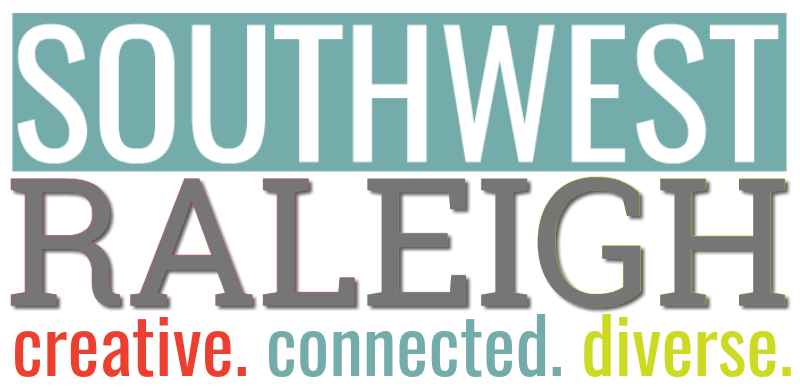I had the privilege to present along side Eugene Weeks and Mark Turner, two outstanding community leaders, at the Raleigh Neighborhood Exchange last Fall. The neighborhood exchange was held on Saturday, September 18, 2010 at the McKimmon Conference Center and is a chance for citizens across Raleigh to interact, attend a variety of sessions, and share information. My favorite part is the cross-pollination and idea swapping that occurs. It’s a vibrant event where neighbors learn from each other, then take these ideas and apply them to their individual communities.
Eugene Weeks, now City Councilor for District C, talked about getting feet on the street, meeting neighbors, and implementing a yard of the month that motivated his neighbors to spruce up their yards. He walked attendees through some “low tech” ways that allows his community to thrive. They use yard signs to attrach people to their meetings. Block captains help distribute flyers. Weeks said that one way to motivate is to have people spread the word. Folks tell people: “you missed a good meeting” or “aren’t you concerned about crime?”
Mark Turner talked about more high tech ways including using mailing lists, blogs, and streaming video (via live stream). His community is also using signs to notify people about their Citizens Advisory Council (CAC) meetings–except the signs don’t mention it the CAC. Why? This is new terminology for many people. Instead, they simply say “community meeting.”
Turner also talked about leveraging phone technologies from the well-known phone tree methodology to new ways like using Google Voice.
I talked about my experience with the Pleasant Ridge & Ramsgate Community Watch (PRR-Watch), Lineberry Alliance, and South West Citizens Advisory Council (CAC). There are 420 homes in the PRR-Watch area and the organization is focused on crime prevention. The ways that help us effectively communicate includes distributing flyers, sponsoring an email list, producing a newsletter, and hosting quarterly meetings.
The PRR-Watch tries to engage people with a variety of events including a Spring clean-up, National Night Out every August, and a cookie exchange in the Fall. During our meetings, we schedule speakers to help us with hot topics.
I also spoke about the Lineberry Alliance. It’s a larger area than the community watch and covers nine neighborhoods who are all facing similar challenges and successes. Currently, the Lineberry Alliance is loosely organized but looking to form a board and provide more structure. We want to be organized to have a more unified voice at city council to improve the quality of life in our area.
To help us communicate, we have a mailing list with over 300 people. We tried an online community forum that wasn’t successful. The lesson learned was to figure out how people want to communicate before assuming. For us, an online forum didn’t work. We have a successful blog with contributions from many different people in the neighborhood. We use a FaceBook page that has over 100 members that has a feed of our blog posts, events, and discussions.
I concluded with my experience as the new chair of the South West CAC. As a new leader, you can’t step into an organization and start changing things. My perspective is that you have to sit back, listen, and learn what the organization needs. Then you can start making the changes needed in order to accomplish the goals for the organization.
I left the attendee’s with the following take-away’s:
- An issue can jump start your neighborhood participation, leaders should recognize this and take advantage of it.
- Figure out how people want to communicate.
- Be willing to try something. Prototype and experiment with new things. You learn quickly if something will work or not.
- Consider new communication and collaboration methods: SMS, Twitter, Google Docs, and many others.
